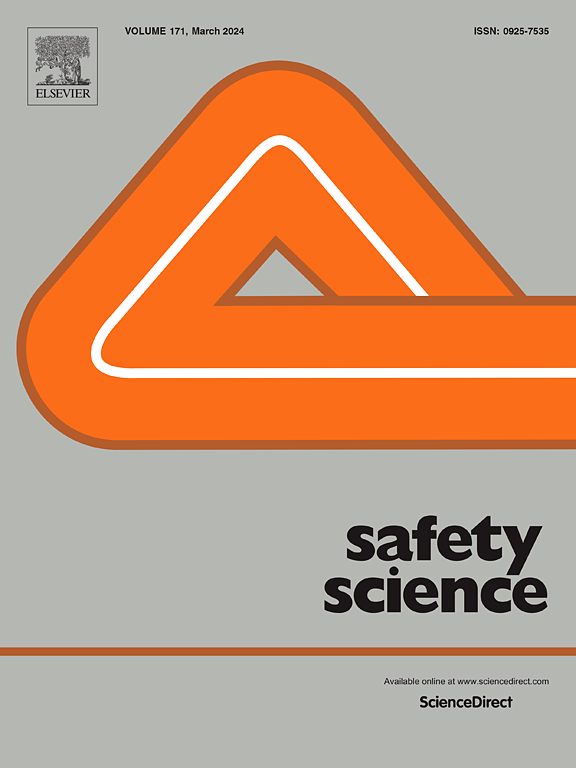Technical design requirements of a safety reasoning module for run-time risk reduction in Highly Automated Off-road Mobile Machinery
IF 4.7
1区 工程技术
Q1 ENGINEERING, INDUSTRIAL
引用次数: 0
Abstract
Highly automated off-road mobile machinery requires reliable safety systems to mitigate work- place risks, particularly when operating in close collaboration with human actors. With the ad- vent of automation, the operator’s role has shifted to that of a supervisor, intervening only during event-based scenarios. This supervisor may be situated either in the cabin or remotely, overseeing multiple machines. This article explores the technical design requirements and feasibility of a safety reasoning module (SRM) through a targeted use case involving the automation of a cut-to-length tree harvester. Specifically, it examines the automation of the log-feeding process required for stem inspection. The SRM’s primary function is to achieve adequate risk reduction while preserving the supervisor’s capacity for effective event-based intervention, thereby supporting a compelling safety case for maintaining a safe operational state at runtime. Currently, the supervisor plays a crucial role in the stem inspection process, requiring cabin presence which adds to the burden placed on required minimum risk reduction and event-based intervention. In the context of this evaluation the realisation of the SRM’s requirements for achieving the necessary risk reduction while conforming to Machine Safety standards indicates it is constrained by limitations in existing hardware and software capabilities. Despite these limitations, this use case outlines a structured approach for developing SRMs for highly automated off-road machin- ery. While achieving the desired risk reduction may not be feasible in this specific scenario, the findings provide valuable insights that can guide the development of SRMs in other applications where similar challenges arise.
高度自动化越野移动机械运行时风险降低安全推理模块技术设计要求
高度自动化的越野移动机械需要可靠的安全系统来降低工作场所的风险,特别是在与人类密切合作的情况下。随着自动化的出现,操作员的角色已经转变为管理者的角色,只在基于事件的场景中进行干预。该主管可以位于机舱内,也可以远程监督多台机器。本文通过一个目标用例,探讨了安全推理模块(SRM)的技术设计要求和可行性,该用例涉及到一个切割长度的采油机的自动化。具体来说,它检查了阀杆检查所需的日志馈送过程的自动化。SRM的主要功能是实现充分的风险降低,同时保持监督人员有效的基于事件的干预能力,从而支持在运行时保持安全运行状态的令人信服的安全案例。目前,监督员在阀杆检查过程中起着至关重要的作用,需要在机舱内,这增加了最小化风险和基于事件的干预的负担。在此评估的背景下,SRM要求在符合机器安全标准的同时实现必要的风险降低,这表明它受到现有硬件和软件能力的限制。尽管存在这些限制,但本用例概述了为高度自动化的越野机械开发srm的结构化方法。虽然在这个特定的场景中实现预期的风险降低可能是不可行的,但研究结果提供了有价值的见解,可以指导在出现类似挑战的其他应用程序中开发srm。
本文章由计算机程序翻译,如有差异,请以英文原文为准。
求助全文
约1分钟内获得全文
求助全文
来源期刊

Safety Science
管理科学-工程:工业
CiteScore
13.00
自引率
9.80%
发文量
335
审稿时长
53 days
期刊介绍:
Safety Science is multidisciplinary. Its contributors and its audience range from social scientists to engineers. The journal covers the physics and engineering of safety; its social, policy and organizational aspects; the assessment, management and communication of risks; the effectiveness of control and management techniques for safety; standardization, legislation, inspection, insurance, costing aspects, human behavior and safety and the like. Papers addressing the interfaces between technology, people and organizations are especially welcome.
 求助内容:
求助内容: 应助结果提醒方式:
应助结果提醒方式:


